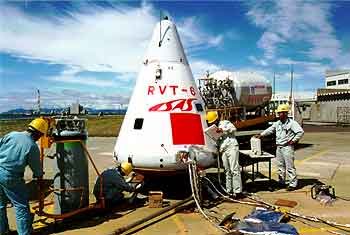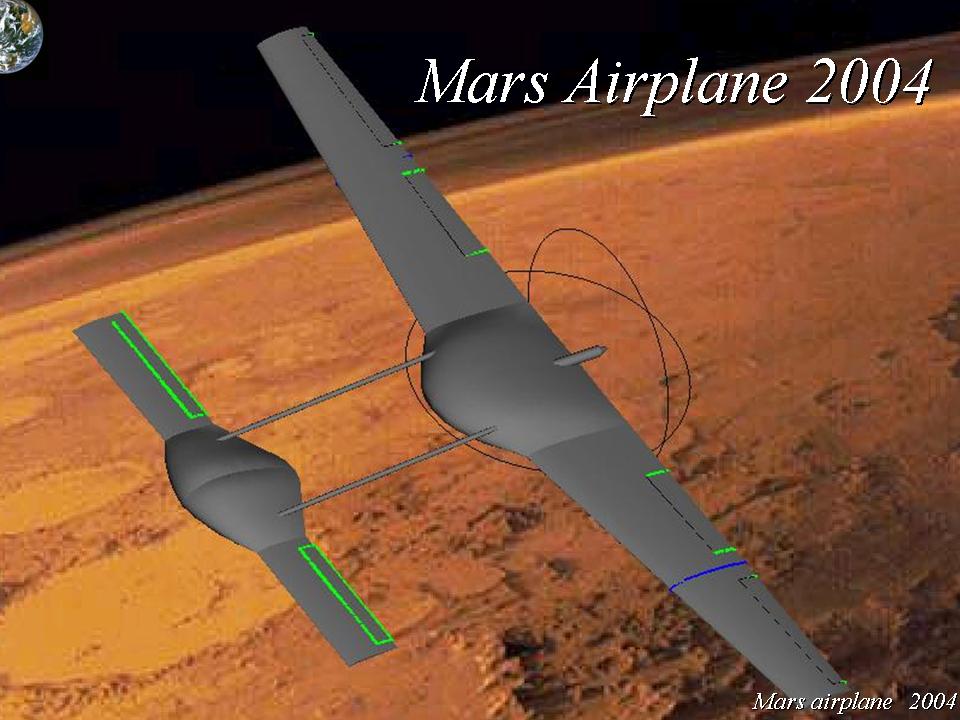 |
| |
|
|
| |
 RLV
Group RLV
Group
On April 12, 1981, the Space Shuttle, which is one of typical
space transportation systems, was launched to space in U. S..
The Space Shuttles have flown between the earth and space for
more than twenty years since their first flight in 1981, and
the time will come soon to replace the Shuttle by a new space
transportation system in the next generation. As for in Japan,
the H-II launch vehicles have been developed and launched as
the main space transportation systems to space. The HOPE (H-II
Orbiting Plane-Experimental) also has been investigated as a
mean of supplying and recovering materials in space. As well
as in U. S., the time is coming to give precise and attractive
answers accepted by the general public to the proposition that
What kind of space transportation system and by when should
we own in the future?.
The cost in space transportation systems mainly interferes the
present space utilization. Therefore, the objectives of our
RLV (Reusable Launch Vehicle) project research group are to
investigate new space transportation systems in the next generation
which achieve a breakthrough for the reduction in space transportation
cost. Practically at present, we are learning basic knowledge
of a RLV (flight dynamics, launching, aerodynamic heating, etc.),
investigating a baseline assessment of RLVs in each country
and each type of flight and engine, and getting new knowledge
from the NASA's report Access to Space Studyh in which
some space transportation systems in the next generation were
investigated.
The results of our study will be presented in our laboratory
seminar. This seminar is open to and welcomes anyone who is
interested in our study.
|
 |
| |
 Rocket
Engine Group Rocket
Engine Group
Modern liquid rocketry began in the United
States in 1909 with the well-publicized work of Dr. Robert
H. Goddard. The German V-2 rocket was the first and most infamous
application of liquid propulsion and the first successful
ballistic missile. Also in Japan, the history of rocketry
began in 1955 with PENCIL rocket launch experiment of Dr.
Itokawa group. After that, H-IIA and M-V rockets have been
developed and become the main launch vehicles in Japan. Although
one century has passed since we can launch modern liquid rockets
in space, launch failure which depends on the engine (propulsion)
system and so on has still arisen and is the most critical
problem in space development of Japan. Therefore, it is necessary
to improve the reliability of launch system rapidly and we
think that the engine system is one of the most important
factors in reliable launch systems.
Our group is studying modern liquid rocketry in order to investigate
some problems of the engine system. Finally, we hope to be
able to point out a kind of problem of the present design
concept and suggest its solutions or remedies. As our present
activities, we are studying the basis of modern liquid engine
system using the textbook and we also learn preliminary or
conceptual design of liquid engine systems actually performed.
In the present, we are studying an example
of the process for designing liquid rockets whose thrust level
is set to be about 100 (ton) as a simple case study.
|

|
| |
 Planet
Airplane Research Group Planet
Airplane Research Group
Various probes such as landers, rovers and planetary orbiters
have surveyed Mars since Viking 1 was launched on August 1975
and arrived at Mars on June 1976. In recent the idea of Mars
airplane has been proposed as an advanced planetary exploration.
Airplanes enable to survey the surface more clearly than planetary
orbiter does and fly more wide range to access the points where
we are interested in than lander and rover do.
The planet airplane research group aims to realize the planet
survey by airplane. The flying styles we consider are Fixed
wing, Rotary wing, Flapping wing and Balloon. Now we are investigating
the characteristics and performance of each flying style on
Mars.
|

|
|
|
|
|
|
|
|